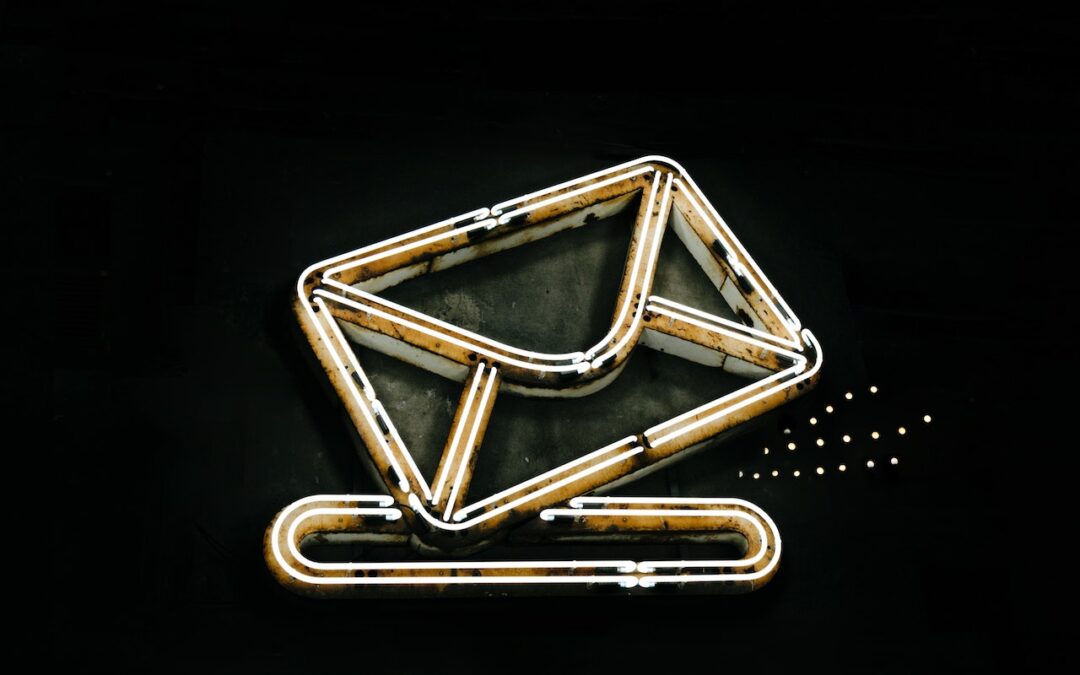We have all experienced the panic of work emails piling up. While it may be tempting to put off sorting through it, a disorganized email inbox can easily hurt our productivity. With that in mind, office managers should take the time to plan out a thoughtful email management strategy that accounts not only for inbox organization but also for strong communication through email. Let’s take a look at a workplace email management strategy you can implement to make your team more productive.
How Poor Email Management Can Hurt Productivity
Poor email management creates unnecessary distractions, which can significantly hinder productivity in the workplace. According to a study by email management platform Superhuman, workplace communications such as email and Slack are the most common distractions for remote workers. Learning to manage email effectively eliminates distraction and allows workers to focus on more important tasks.
The Inbox Zero Method
Inbox Zero is an email management method that has become extremely popular in tech and other industries since email became the standard form of communication. The approach is exactly what it sounds like: you strive to keep your inbox empty (or as close as possible) at all times. This approach is based on the idea that a full inbox can overwhelm workers easily and create a distraction that cuts into productivity.
Productivity expert Merlin Mann introduced the idea of Inbox Zero in 2006. Mann sees the “zero” not as a label for the number of emails in an inbox but as the ideal amount of time an employee spends focusing on their inbox.
The Five Articles of Faith for Inbox Zero
Mann has outlined five central tenets of Inbox Zero, also known as the five articles of faith:
- Some messages are more equal than others – Team members should prioritize their emails based on what they need to accomplish that day.
- Your time is priceless and wildly limited – Employee time is limited, and very few team members have enough time to respond to every email they receive each day. Email management should be taught as part of a larger time management strategy.
- Less can be so much more – Brevity is often your friend when trying to improve productivity. Employees should be taught to be concise with their responses—there is nothing rude about sending a short reply if it has all the necessary info.
- Lose the guilt – Email inboxes often get out of control due to a combination of guilt and procrastination. Understand that this is a very common issue—don’t be too hard on yourself if you can’t respond to every email right away.
- Lying to yourself doesn’t empty an inbox – Employees should be honest with themselves about their priorities, time expectations, and what they need to do to get their email management under control.
Choosing How to Handle Each Email
The Inbox Zero method recommends that workers process each email as soon as it is opened rather than adding it to a to-do list. This approach strives to handle each email only once, without allowing it to stretch into a task that eats up unnecessary time.
Mann recommends taking one of the following five actions for each email in your inbox:
- Delete – Read the message and decide whether there is any necessary follow-up action and whether it contains any important info you will need to revisit. If the answer is no to both of these questions, simply delete it right away.
- Delegate – Are the issues discussed in the email more related to the job duties of another team member? If so, forward the email to that person and then either delete or archive it.
- Respond – Emails that require only a short response should be answered immediately and then either deleted or archived if no follow-up is necessary.
- Defer – If the email response will take a bit more time, defer your response until you have an open space in your schedule to attend to it. Creating a dedicated folder for deferred emails can be useful.
- Do – Some emails may require the team member to complete a task right away. When this is the case, take care of it immediately and then either archive or delete the message.
Cultivating an Organized Email Management System
Mann built off his articles of faith and recommended actions to address many of the common bad habits seen in the workplace. Consider following these recommendations to manage your email inbox effectively and boost productivity:
- Avoid leaving your email client open all day.
- Regularly check and process emails throughout the day (ideally at least once per hour, when possible).
- Delete or archive new messages whenever possible.
- Forward all emails that could be better handled by someone else.
- Immediately answer any new email that can be handled in two minutes or less.
- If an email requires more than two minutes for a response and is not time-sensitive, move it to a separate folder for emails that require a response.
- Designate a certain amount of time each day for responding to the emails in the “requires response” folder.

